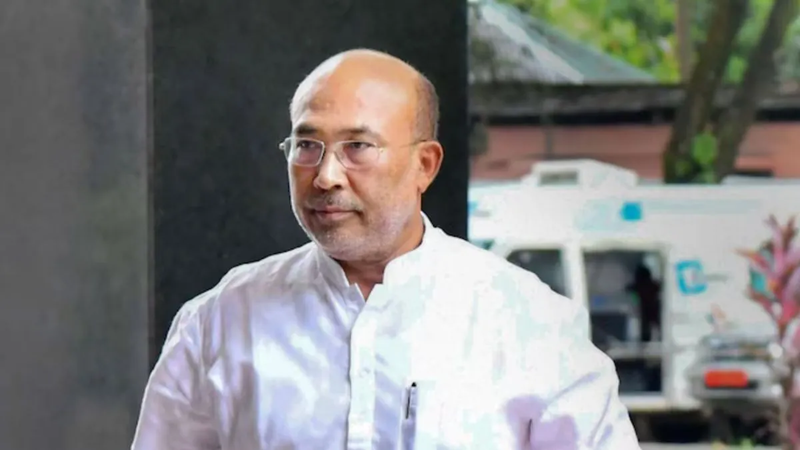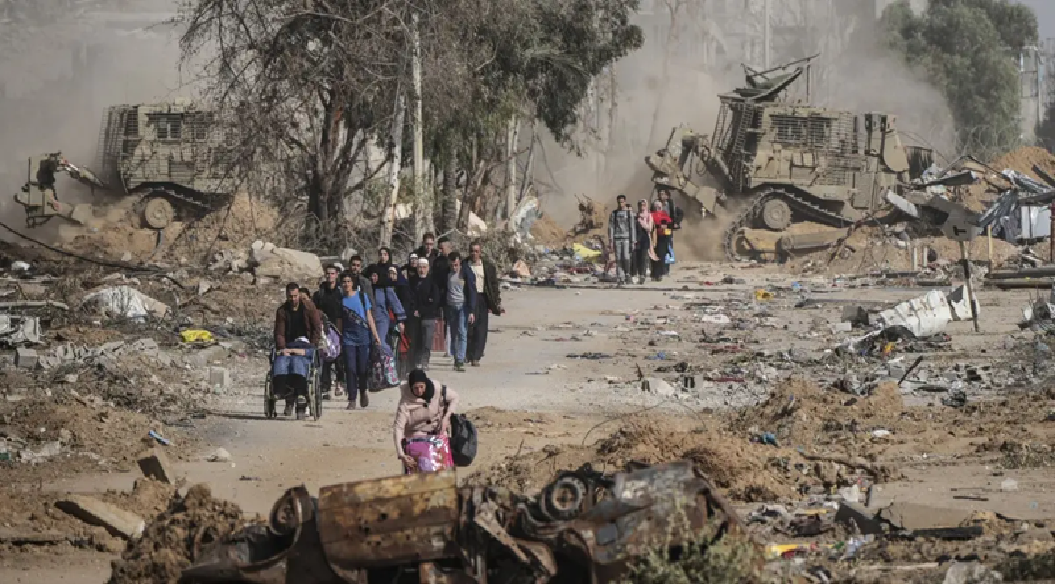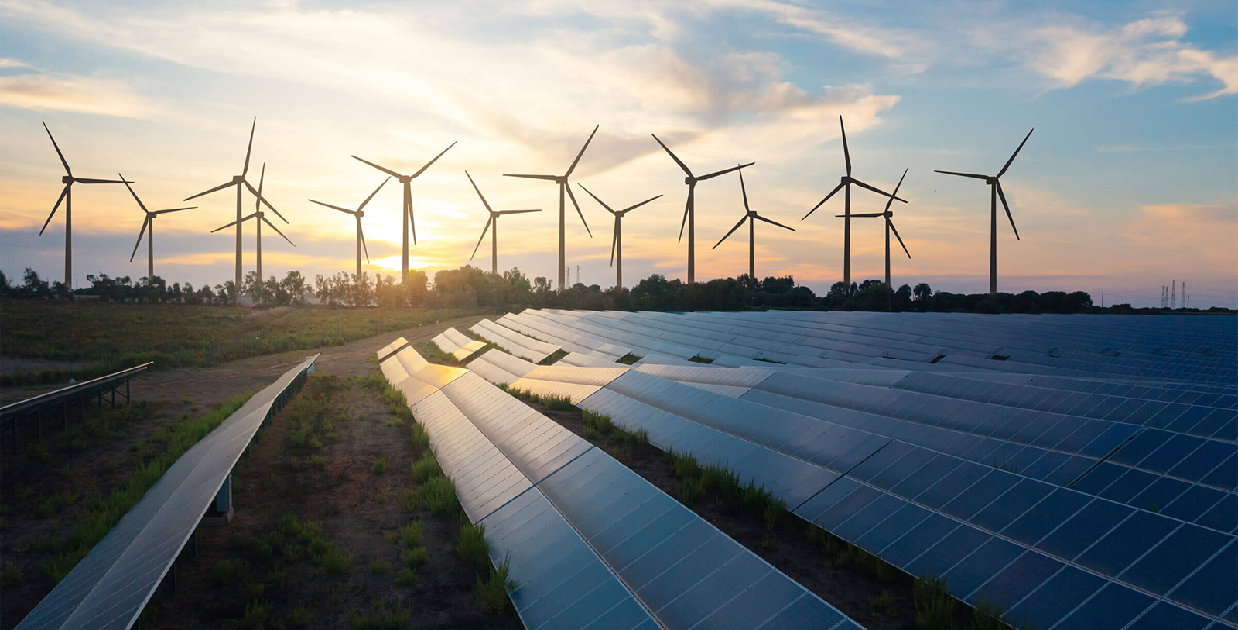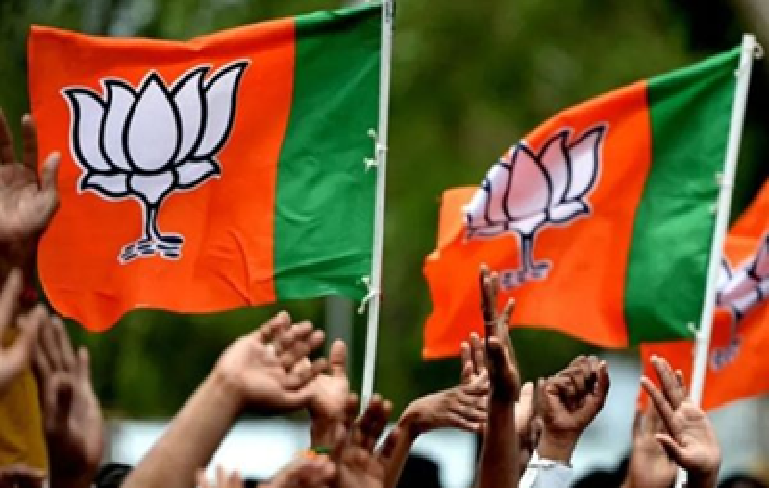
India-Canada standoff unlikely to de-escalate soon
More than a month after Canadian Prime Minister Justin Trudeau accused India’s government of possible involvement in the assassination of a Sikh separatist in British Columbia, tensions between Ottawa and New Delhi remain sky-high.
Last week, Canada withdrew 41 diplomats from India, two-thirds of its formal diplomatic representation in the country after New Delhi threatened to revoke their diplomatic immunity.
Ottawa perceived India’s move as a violation of international law. Canada’s diplomatic drawdown deals a big blow to a relationship that derives strength from robust people-to-people ties.
But with new flash points emerging in the crisis and Indian domestic politics giving New Delhi little incentive to de-escalate, rapprochement doesn’t appear to be in the cards anytime soon.
Indian External Affairs Ministry has said that a smaller Canadian diplomatic presence upholds the principle of parity enshrined in the Vienna Conventions. Indeed, with the departure of the 41 Canadians, each country now has 21 diplomats on the other’s soil.
But there is a vast demographic disparity: India has more than a billion people, while Canada’s population is only 38 million. Many more people require consular services in India; there are four Canadian consulates in India and only two Indian consulates in Canada.
Ottawa has already declared a pause in “in-person services” at three of Canada’s consulates and has issued an advisory that the reduction in diplomatic staff will slow visa processing.
Curtailed consular services will hit the India-Canada relationship where it hurts the most. Though tensions over Sikh separatism have long dogged bilateral ties, people-to-people relations have remained robust: Bilateral trade increased by 57 per cent between 2021 and 2022, Canada hosts more students from India than from any other country, and thousands of Indian tourists visit Canada annually.
Such exchanges require a sound visa regime. Indians make up the bulk of the foreign students in Canada. In 2022, 2.26 lakh students out of 5.5 lakh international students, or 40 per cent of the total, were from India, according to Canadian government data.
And there were 3.2 lakh Indians staying in Canada on student visas. Apart from students, 5.84 lakh other Indians also travelled to Canada in 2022 and 1.57 lakh in 2021. In 2022, an estimated 277,291 foreign tourists landed from Canada in India.
This makes the country the fifth largest source nation for tourists. But all this is now in jeopardy due to the strained relationship. The longer the crisis persists, the greater the damage.
But no immediate relief is in sight. Neither country has offered conciliatory messages. Much retaliation from earlier in the crisis including each country’s new travel warnings about the other haven’t been reversed (though India said it would partially resume suspended visa services in Canada).
And new retaliations may be coming: New Delhi is planning to put Canada on the agenda of the Financial Action Task Force, a global terrorist financing watchdog.
New Delhi wants diplomatic parity with Ottawa because of its concerns about Canadian interference in its politics. It certainly remembers Trudeau’s expressions of support for Indian farmers, most of them Sikhs protesting against farm laws in 2020.
Ottawa, however, believes that New Delhi is interfering in Canada’s domestic politics through its relentless pressure on Canada to curb the activities of Sikhs who India claims are dangerous but who Ottawa says are protected by freedom of assembly and other democratic principles. Domestic political considerations also loom large ahead of India’s general elections next spring.
Prime Minister Namenda Modi seems to be in a strong position to win a third term, but doesn’t want to give his political opposition any opportunity. Backing down from a spat with a country that New Delhi claims is harbouring dangerous Sikh separatists would not play well politically.
The Modi administration’s struggle to deter Chinese provocations on India’s northern border has made it even more determined to project strength in the face of other perceived external threats.
 English daily published in Bengaluru & Doha
English daily published in Bengaluru & Doha






